Home>Renovation & DIY>Home Renovation Guides>How To DIY Home Improvement
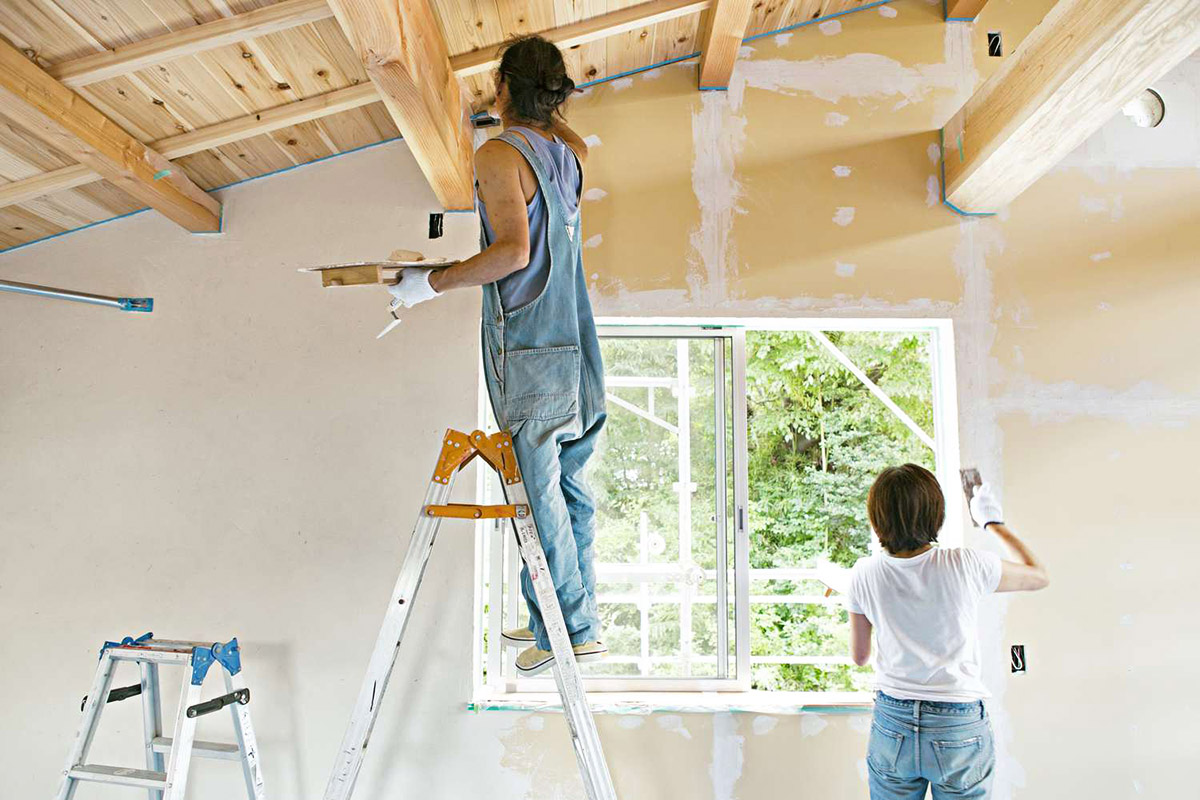

Home Renovation Guides
How To DIY Home Improvement
Modified: January 9, 2024
Discover expert home renovation guides and DIY tips for transforming your space. Get step-by-step instructions and inspiration for your next home improvement project.
(Many of the links in this article redirect to a specific reviewed product. Your purchase of these products through affiliate links helps to generate commission for Storables.com, at no extra cost. Learn more)
Introduction
Embarking on a do-it-yourself (DIY) home improvement project can be an exhilarating endeavor. Whether you're aiming to revamp your living space, enhance functionality, or increase your home's value, the satisfaction of seeing your vision come to life is unparalleled. However, diving into a DIY project without proper preparation can lead to frustration and setbacks. This comprehensive guide is designed to equip you with the essential knowledge and insights to tackle home improvement projects with confidence and finesse.
Undertaking a DIY home improvement project offers a unique opportunity to personalize your living space according to your preferences and needs. Whether it's a small-scale enhancement or a full-blown renovation, the sense of accomplishment and pride that comes with transforming your home with your own hands is truly gratifying.
In this guide, we'll explore the crucial steps involved in planning and executing a successful DIY home improvement project. From setting a budget and selecting the right tools and materials to prioritizing safety and considering common home improvement projects, we'll delve into the key aspects that can make or break your endeavor. Additionally, we'll discuss finishing touches and ongoing maintenance to ensure that your hard work stands the test of time.
Whether you're a seasoned DIY enthusiast or a novice looking to dip your toes into the world of home improvement, this guide is tailored to provide valuable insights and practical tips to help you navigate the process with confidence. So, roll up your sleeves, unleash your creativity, and let's dive into the exciting realm of DIY home improvement!
Key Takeaways:
- DIY home improvement projects offer a chance to personalize your living space, but careful planning, budgeting, and safety measures are crucial for success.
- From painting to outdoor projects, DIY home improvements allow for creativity and practicality, but don’t forget the finishing touches and ongoing maintenance for lasting results.
Planning Your DIY Home Improvement Project
Before diving headfirst into a DIY home improvement project, it’s essential to lay a solid foundation through meticulous planning. This phase sets the stage for a successful and gratifying endeavor, ensuring that your vision aligns with practical considerations and feasible timelines. Here’s a comprehensive overview of the crucial steps involved in planning your DIY home improvement project:
- Assessing Your Needs and Goals: Start by evaluating your current living space and identifying areas that require improvement. Whether it’s enhancing functionality, updating aesthetics, or addressing maintenance issues, understanding your specific needs and goals will steer your project in the right direction.
- Gathering Inspiration: Explore home improvement magazines, websites, and social media platforms to gather inspiration and ideas for your project. Creating a vision board or digital collage can help crystallize your preferences and guide your decision-making process.
- Evaluating Feasibility: Assess the feasibility of your project by considering factors such as available time, skill level, and potential structural or technical challenges. Realistic expectations and a clear understanding of your capabilities are crucial at this stage.
- Creating a Project Timeline: Establish a realistic timeline for your project, considering factors such as the scope of work, availability of resources, and any external dependencies. A well-defined timeline will help you stay organized and focused throughout the project.
- Obtaining Necessary Permits: Depending on the nature of your project, you may need to obtain permits from local authorities. Research the permit requirements in your area to ensure compliance with regulations and avoid potential legal complications.
By meticulously planning your DIY home improvement project, you’ll lay the groundwork for a smooth and rewarding journey. This preparatory phase sets the stage for the subsequent steps, including budgeting, acquiring the right tools and materials, and prioritizing safety measures. With a clear vision and a well-defined plan in place, you’re poised to embark on your DIY home improvement adventure with confidence and purpose.
Setting a Budget
When venturing into a DIY home improvement project, establishing a realistic budget is a pivotal step that influences the scope and feasibility of your endeavors. A well-defined budget not only guides your decision-making process but also helps prevent overspending and financial strain. Here’s a comprehensive overview of the key considerations when setting a budget for your DIY home improvement project:
- Evaluating Project Scope: Begin by assessing the scope of your project, including the specific areas or aspects of your home that require improvement. Whether it’s a minor cosmetic upgrade or a major renovation, understanding the extent of the project will provide a framework for budget allocation.
- Researching Costs: Research the costs of materials, tools, and potential labor expenses if you plan to enlist professional assistance for certain tasks. Gathering quotes from multiple suppliers and service providers can help you gauge the average costs and identify potential cost-saving opportunities.
- Allocating Contingency Funds: It’s prudent to allocate a contingency fund within your budget to account for unexpected expenses or unforeseen challenges that may arise during the project. A general rule of thumb is to set aside 10-20% of the total project cost as a contingency buffer.
- Prioritizing Essential Expenses: Identify essential expenses, such as structural repairs or safety-related upgrades, and allocate a significant portion of your budget to address these critical aspects before considering discretionary or purely aesthetic enhancements.
- Exploring Cost-Saving Alternatives: Look for cost-saving alternatives without compromising quality. This may involve exploring DIY-friendly materials, repurposing existing fixtures, or leveraging community resources such as tool lending libraries to minimize expenses.
By setting a realistic and well-researched budget for your DIY home improvement project, you can approach the subsequent phases with clarity and confidence. A thoughtfully crafted budget not only serves as a financial roadmap but also fosters prudent decision-making, enabling you to prioritize expenses based on the project’s specific needs and your overarching goals.
Choosing the Right Tools and Materials
Equipping yourself with the appropriate tools and materials is fundamental to the success of any DIY home improvement project. The careful selection of tools and quality materials not only enhances the efficiency of your work but also contributes to the overall durability and aesthetic appeal of the end result. Here’s a comprehensive guide to help you make informed choices when it comes to selecting the right tools and materials for your project:
- Assessing Project Requirements: Begin by identifying the specific tools and materials required for your project based on its scope and nature. Whether it’s precision cutting tools for intricate woodworking or specialized equipment for plumbing and electrical work, a thorough assessment of project requirements is essential.
- Quality Over Cost: Prioritize quality when selecting tools and materials, as they form the foundation of your project’s integrity and longevity. While cost-effective options may seem appealing, investing in durable, high-quality tools and materials can yield superior results and minimize the need for premature replacements.
- Researching Product Reviews: Before making purchases, research product reviews and user experiences to gain insights into the performance, durability, and user-friendliness of various tools and materials. Leveraging online resources and community forums can provide valuable guidance in making informed decisions.
- Considering Long-Term Value: Evaluate the long-term value of tools and materials by considering their versatility for future projects and their potential for reuse or repurposing. Opting for multifunctional tools and durable, low-maintenance materials can offer enduring value beyond the current project.
- Exploring Eco-Friendly Options: Where feasible, consider eco-friendly and sustainable alternatives when selecting materials. From recycled building materials to energy-efficient fixtures, incorporating environmentally conscious choices can align your project with sustainable practices and contribute to a greener living space.
By conscientiously choosing the right tools and materials for your DIY home improvement project, you lay the groundwork for efficient and high-quality workmanship. Thoughtful consideration of project requirements, prioritization of quality, and a forward-looking approach to long-term value can elevate the overall outcome of your endeavors, resulting in a space that reflects both functionality and aesthetic appeal.
Safety Precautions
Ensuring a safe working environment is paramount when undertaking any DIY home improvement project. Prioritizing safety not only safeguards you and your household members but also contributes to the smooth and efficient progression of your endeavors. Here’s a comprehensive overview of the essential safety precautions to uphold throughout your DIY home improvement project:
- Understanding Safety Guidelines: Familiarize yourself with safety guidelines and best practices relevant to the specific tasks involved in your project. Whether it’s handling power tools, working at heights, or dealing with hazardous materials, adhering to established safety protocols is non-negotiable.
- Investing in Personal Protective Equipment (PPE): Equip yourself with the necessary personal protective equipment, including safety goggles, gloves, hearing protection, and respiratory masks, as per the requirements of your project. PPE serves as a crucial line of defense against potential hazards and minimizes the risk of injuries.
- Securing the Work Area: Prior to commencing work, secure the work area by removing potential tripping hazards, ensuring adequate lighting, and establishing clear pathways for movement. A clutter-free and well-illuminated workspace mitigates the risk of accidents and facilitates efficient progress.
- Adhering to Electrical Safety: When engaging in electrical work, exercise extreme caution and, if necessary, enlist the expertise of a qualified electrician. Turn off power sources, use insulated tools, and follow proper wiring practices to prevent electrical accidents and mitigate the risk of electrical fires.
- Practicing Ladder Safety: If your project involves working at heights, prioritize ladder safety by selecting the appropriate ladder for the task, securing it on stable ground, and maintaining three points of contact while ascending and descending. Adhering to ladder safety protocols minimizes the risk of falls and related injuries.
By meticulously observing safety precautions throughout your DIY home improvement project, you not only safeguard yourself and others but also foster an environment conducive to productive and stress-free work. Prioritizing safety is an investment in the well-being of all involved, ensuring that your project unfolds smoothly and culminates in a space that embodies both beauty and security.
Common DIY Home Improvement Projects
Embarking on a DIY home improvement project opens the door to a myriad of possibilities, allowing you to enhance your living space and infuse it with your personal touch. Whether you’re aiming to refresh the aesthetics, optimize functionality, or address maintenance concerns, there are several common DIY projects that offer a gratifying blend of creativity and practicality. Here’s an overview of popular DIY home improvement projects to inspire your endeavors:
- Painting: Refreshing the interior or exterior surfaces of your home through painting is a transformative and cost-effective DIY project. Whether it’s updating wall colors to reflect your style or giving worn-out furniture a new lease on life, painting allows for versatile and impactful enhancements.
- Flooring: Installing new flooring or reviving existing floors through refinishing or tiling presents an opportunity to redefine the ambiance of your living space. From hardwood and laminate to tile and vinyl, the choice of flooring materials can significantly influence the overall aesthetic and functionality of your home.
- Installing or Updating Fixtures: Upgrading fixtures such as faucets, lighting, cabinet hardware, and door handles can instantly elevate the visual appeal and functionality of your home. These relatively simple yet impactful updates can impart a fresh and modernized look to your living spaces.
- Outdoor Projects: Enhancing outdoor areas through landscaping, deck construction, or the creation of functional outdoor living spaces offers an avenue for extending your home’s appeal beyond its interior. From garden enhancements to patio makeovers, outdoor projects can enrich your lifestyle and amplify curb appeal.
These common DIY home improvement projects serve as a springboard for unleashing your creativity and enhancing your living environment. Whether you’re aiming for subtle refinements or embarking on more extensive renovations, these projects offer a blend of artistic expression and practical improvement, empowering you to shape your home according to your unique vision and preferences.
When doing DIY home improvement, always measure twice and cut once to avoid wasting materials and ensure a precise fit.
Painting
Painting serves as a versatile and impactful DIY home improvement project that can breathe new life into your living space. Whether you’re aiming to revitalize interior walls, refresh outdated furniture, or add a pop of color to your home’s exterior, painting offers a creative avenue for personalizing and rejuvenating your surroundings. Here’s a comprehensive overview of the key considerations and steps involved in a successful painting project:
- Surface Preparation: Before diving into the painting process, thorough surface preparation is essential. This involves cleaning the surfaces, addressing any existing imperfections, and applying primer as needed to ensure optimal paint adhesion and a smooth finish.
- Color Selection: Choosing the right paint colors is a pivotal aspect of the painting process. Consider the existing color scheme, desired ambiance, and the visual flow between different spaces when selecting paint colors to achieve a cohesive and harmonious look.
- Appropriate Tools and Techniques: Equipping yourself with high-quality brushes, rollers, and painter’s tape, and familiarizing yourself with proper painting techniques such as cutting in, rolling, and blending, are fundamental to achieving professional-looking results.
- Interior Painting: When painting interior spaces, pay attention to factors such as natural lighting, room proportions, and the intended mood of each space. From accent walls to full room makeovers, interior painting allows for creative expression and personalization.
- Exterior Painting: Revitalizing your home’s exterior through painting requires careful consideration of weather-resistant paints, surface preparation for different materials, and adherence to architectural guidelines. Exterior painting can enhance curb appeal and protect surfaces from the elements.
By approaching painting projects with meticulous planning and attention to detail, you can transform your living space with a fresh and vibrant aesthetic. Whether it’s infusing personality into interior spaces or enhancing your home’s curb appeal, painting offers a rewarding avenue for expressing your style and revitalizing your surroundings.
Flooring
Revamping your home’s flooring through a DIY project offers a transformative opportunity to redefine the ambiance and functionality of your living space. Whether you’re aiming to replace worn-out floors, introduce a new material for aesthetic enhancement, or refresh existing surfaces, flooring projects can significantly impact the overall look and feel of your home. Here’s a comprehensive guide to embarking on a successful DIY flooring project:
- Evaluating Flooring Options: Explore a diverse range of flooring materials, including hardwood, laminate, vinyl, tile, and carpet, to determine the most suitable option based on your preferences, lifestyle, and the specific requirements of each space in your home.
- Assessing Subfloor Conditions: Prior to installing new flooring, assess the condition of the subfloor to identify any structural issues, moisture concerns, or uneven surfaces that may require remediation before proceeding with the installation.
- Acquiring Necessary Tools and Materials: Depending on the chosen flooring material, ensure that you have the appropriate tools for installation, such as saws, adhesives, underlayment, and spacers, to facilitate a seamless and professional-looking outcome.
- Installation Techniques: Familiarize yourself with the installation techniques specific to your chosen flooring material, whether it involves floating floor installation, adhesive application, grouting, or intricate pattern alignment for tile installations.
- Finishing Touches: Upon completing the installation, attend to finishing touches such as baseboard installation, transitions between different flooring materials, and the application of sealants or protective coatings to ensure the longevity and visual cohesiveness of the newly installed floors.
By embarking on a DIY flooring project with attention to detail and a clear understanding of the specific requirements of each space, you can revitalize your home with enduring and visually captivating flooring solutions. Whether it’s the warmth of hardwood, the versatility of tile, or the comfort of carpet, the right flooring choice can elevate the aesthetic and functionality of your living environment.
Installing or Updating Fixtures
Embarking on a DIY project to install or update fixtures within your home presents an opportunity to enhance both functionality and aesthetics, breathing new life into your living spaces. Whether it’s upgrading kitchen and bathroom fixtures, updating lighting elements, or refreshing cabinet hardware, these relatively simple yet impactful improvements can significantly elevate the overall ambiance and usability of your home. Here’s a comprehensive guide to successfully undertaking DIY fixture installations and updates:
- Assessing Fixture Requirements: Evaluate the existing fixtures in your home and identify areas that would benefit from an upgrade or addition. Consider factors such as style cohesiveness, energy efficiency, and the potential for enhancing convenience and comfort within your living spaces.
- Researching Fixture Options: Explore a diverse range of fixture options, including faucets, lighting fixtures, cabinet hardware, door handles, and functional accessories, to align with your design preferences and functional needs for each space.
- Acquiring Necessary Tools and Supplies: Gather the essential tools and supplies required for fixture installations, such as wrenches, screwdrivers, electrical testers, and mounting hardware, to ensure a smooth and efficient installation process.
- Adhering to Installation Guidelines: Follow manufacturer instructions and best practices for fixture installations, paying attention to factors such as proper anchoring, electrical wiring, and compatibility with existing plumbing and electrical systems.
- Embracing Energy-Efficient Solutions: Consider incorporating energy-efficient fixtures, such as LED lighting and low-flow faucets, to reduce utility costs and minimize environmental impact while enhancing the functionality and sustainability of your home.
By approaching fixture installations and updates with a blend of creativity and practicality, you can personalize your living spaces and elevate their functionality with enduring and visually appealing enhancements. Whether it’s infusing modern elegance into your kitchen, optimizing lighting for ambiance and task-oriented spaces, or adding a touch of sophistication to your cabinetry, DIY fixture projects offer a rewarding avenue for enhancing your home’s allure and usability.
Read more: How To Save For Home Improvements
Outdoor Projects
Engaging in DIY outdoor projects provides an avenue for extending your living space beyond the confines of your home, creating inviting and functional outdoor environments that enrich your lifestyle and amplify the curb appeal of your property. Whether it’s landscaping enhancements, deck construction, or the creation of versatile outdoor living spaces, these projects offer an opportunity to craft an outdoor oasis tailored to your preferences. Here’s a comprehensive guide to embarking on successful DIY outdoor projects:
- Landscaping Innovations: Explore landscaping ideas to transform your outdoor spaces, incorporating elements such as garden beds, pathways, water features, and native plantings to create visually captivating and harmonious outdoor environments.
- Deck Construction and Maintenance: Whether building a new deck or revitalizing an existing one, prioritize structural integrity, material durability, and aesthetic appeal to create a welcoming and functional outdoor gathering space for relaxation and entertainment.
- Outdoor Living Space Design: Consider the design and furnishing of outdoor living areas, such as patios, pergolas, and seating zones, to optimize comfort, versatility, and visual cohesion, creating inviting extensions of your indoor living spaces.
- Functional and Aesthetic Enhancements: Explore opportunities for adding functional and aesthetic elements to your outdoor spaces, such as fire pits, outdoor kitchens, lighting fixtures, and decorative accents, to elevate the ambiance and usability of your outdoor environment.
- Sustainable Outdoor Solutions: Embrace sustainable practices in your outdoor projects by incorporating eco-friendly materials, water-efficient landscaping, and energy-saving outdoor lighting to create a greener and more environmentally conscious outdoor living space.
By approaching DIY outdoor projects with a blend of creativity, practicality, and a keen eye for aesthetic and functional enhancements, you can curate outdoor environments that reflect your lifestyle and elevate the overall appeal of your property. Whether it’s creating tranquil retreats, entertainment hubs, or vibrant garden sanctuaries, DIY outdoor projects offer a fulfilling avenue for shaping your outdoor living spaces according to your unique vision and preferences.
Finishing Touches and Maintenance
Completing a DIY home improvement project is a gratifying achievement, but the journey doesn’t end with the final brushstroke or the last tile laid. Incorporating finishing touches and establishing a maintenance routine are essential steps to ensure that your hard work endures and continues to enrich your living environment. Here’s a comprehensive guide to adding the finishing touches and implementing maintenance practices to uphold the longevity and appeal of your DIY home improvements:
- Detailing and Refinement: Pay attention to the finer details by addressing touch-ups, caulking gaps, and ensuring seamless transitions between different materials and surfaces to achieve a polished and cohesive aesthetic.
- Adorning with Décor: Personalize your revamped spaces with decorative accents, artwork, and furnishings that complement the new design, infusing personality and warmth into your home while reflecting your unique style.
- Establishing Maintenance Routines: Create a maintenance schedule encompassing tasks such as cleaning, inspecting for wear and tear, and addressing minor repairs to uphold the integrity and appeal of your home improvements over time.
- Documenting Product Information: Keep records of the specific products used in your DIY projects, including paint colors, flooring materials, and fixture specifications, to facilitate future touch-ups, repairs, or expansions in a cohesive and harmonious manner.
- Implementing Seasonal Care: Tailor your maintenance routines to seasonal needs, such as winterizing outdoor spaces, performing HVAC system checks, and tending to garden and landscape care, to ensure that your home remains resilient and inviting throughout the year.
By attending to finishing touches and embracing proactive maintenance practices, you can safeguard the long-term impact of your DIY home improvements and ensure that your living spaces continue to exude charm, functionality, and enduring appeal. From the delight of personalized décor to the peace of mind that comes with a well-maintained home, these final steps contribute to the lasting success and enjoyment of your DIY endeavors.
Conclusion
Embarking on a DIY home improvement journey is a testament to your creativity, resourcefulness, and commitment to shaping a living space that resonates with your unique vision and lifestyle. Throughout this comprehensive guide, we’ve delved into the essential facets of planning, executing, and maintaining successful DIY home improvement projects, equipping you with valuable insights and practical tips to navigate the process with confidence and finesse.
From the initial stages of envisioning your project and setting a realistic budget to the meticulous selection of tools, materials, and safety precautions, each step plays a pivotal role in shaping the outcome of your endeavors. Whether you’re revamping interior spaces with a fresh coat of paint, revitalizing your floors, or enhancing outdoor environments with functional and aesthetic upgrades, the possibilities for personalization and transformation are boundless.
As you immerse yourself in the realm of DIY home improvements, remember that each brushstroke, tile laid, and fixture installed is a testament to your dedication to creating a home that reflects your personality and aspirations. The finishing touches and ongoing maintenance routines serve as the guardians of your hard work, ensuring that your home improvements endure and continue to enrich your daily life for years to come.
Above all, cherish the journey of DIY home improvement as an opportunity for self-expression, growth, and the creation of a living space that embodies comfort, functionality, and beauty. Whether you’re a seasoned DIY enthusiast or venturing into this realm for the first time, your willingness to embrace creativity and take ownership of your living environment sets the stage for a fulfilling and rewarding experience.
So, with a toolbox of knowledge, a palette of inspiration, and a spirit of determination, may your DIY home improvement endeavors unfold with joy, satisfaction, and the pride of crafting a space that truly feels like home.
Frequently Asked Questions about How To DIY Home Improvement
Was this page helpful?
At Storables.com, we guarantee accurate and reliable information. Our content, validated by Expert Board Contributors, is crafted following stringent Editorial Policies. We're committed to providing you with well-researched, expert-backed insights for all your informational needs.
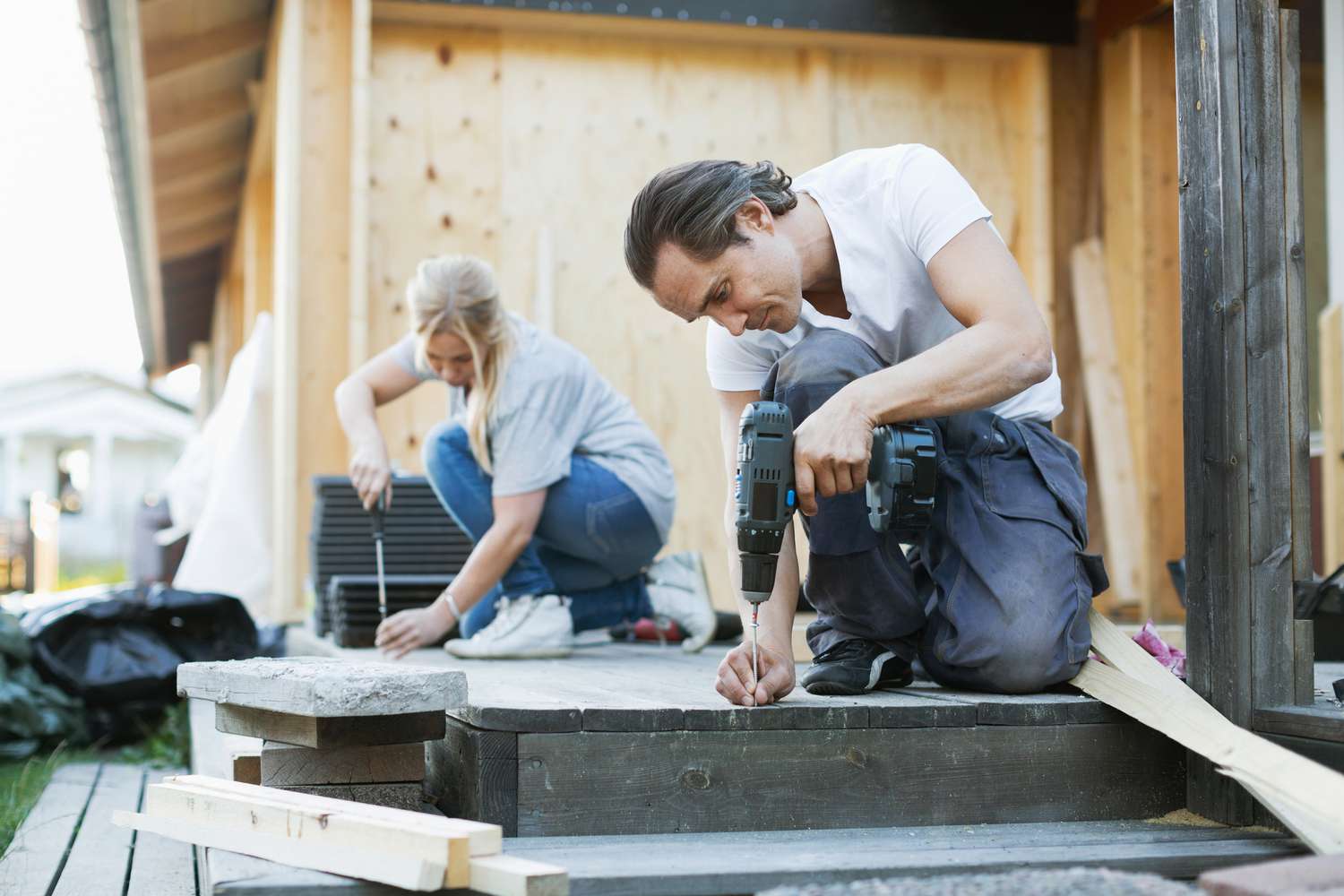


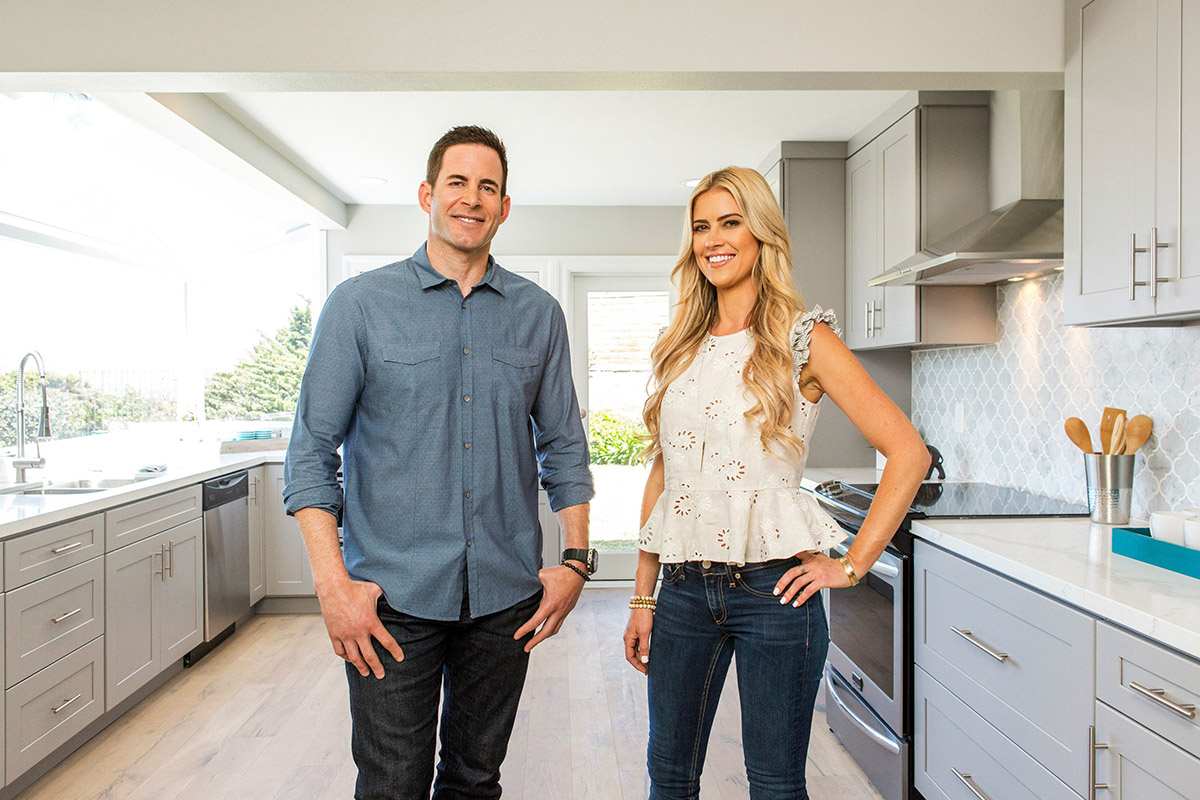

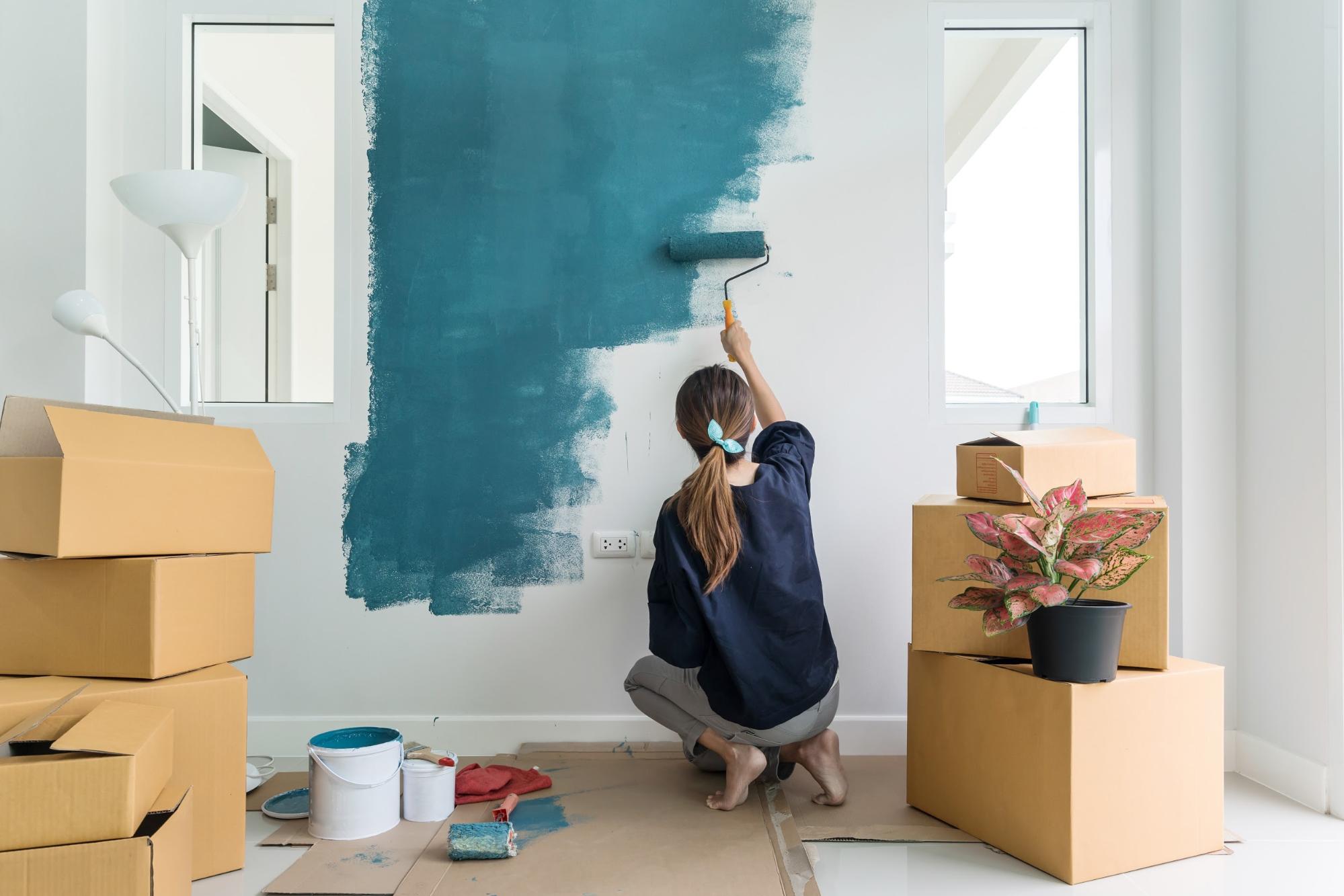

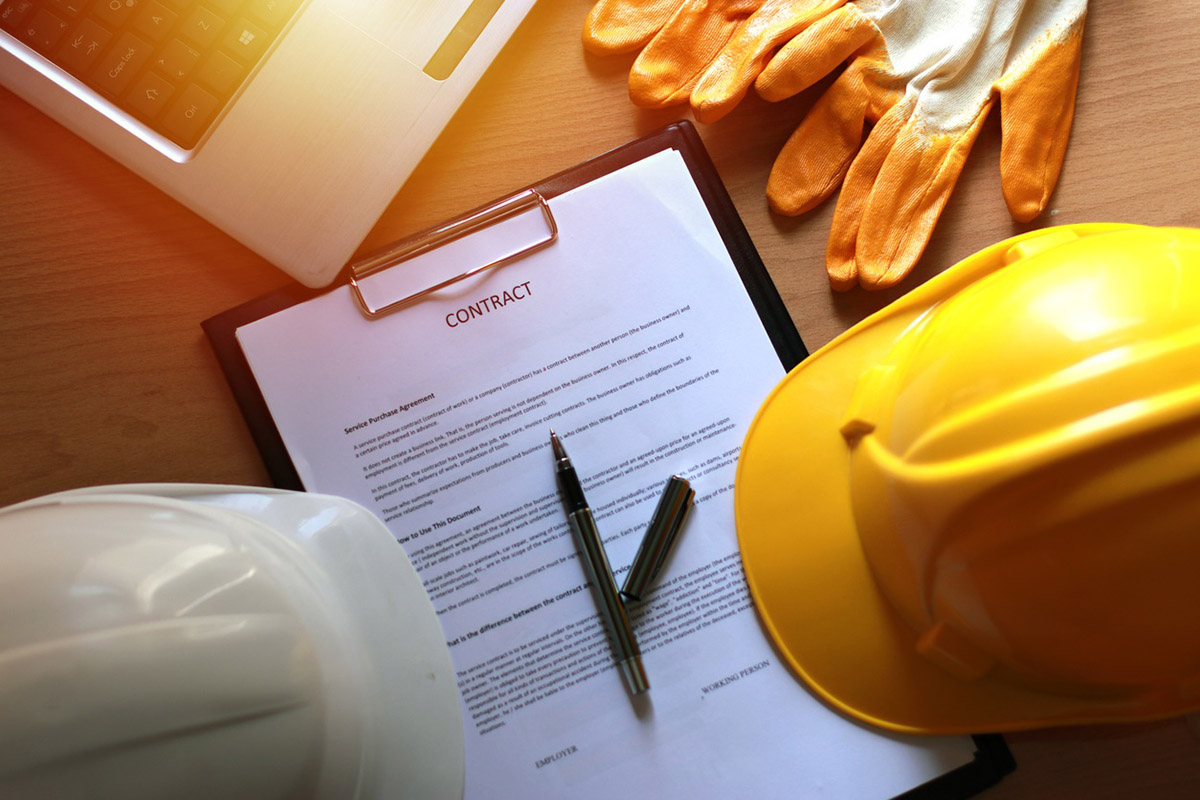

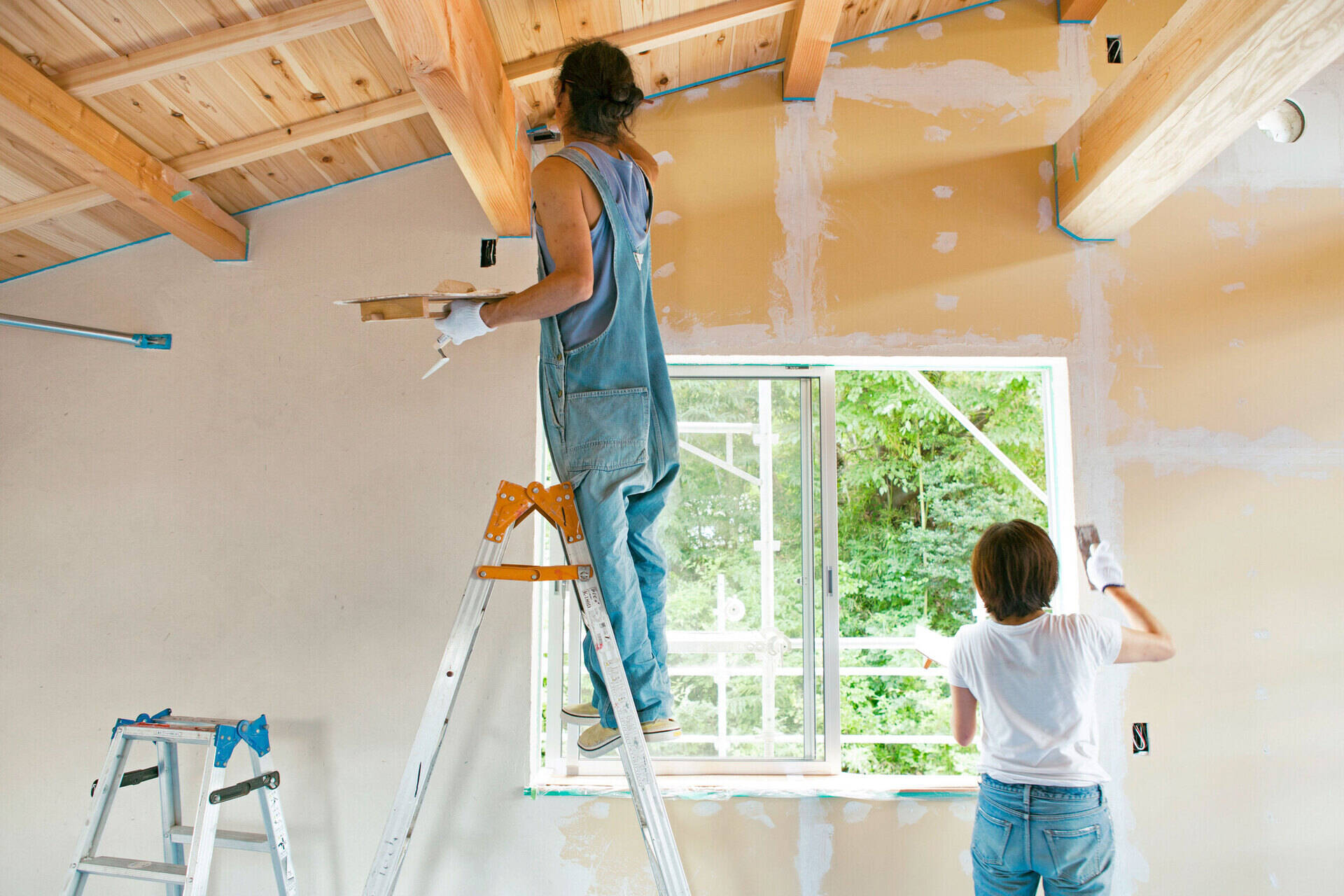
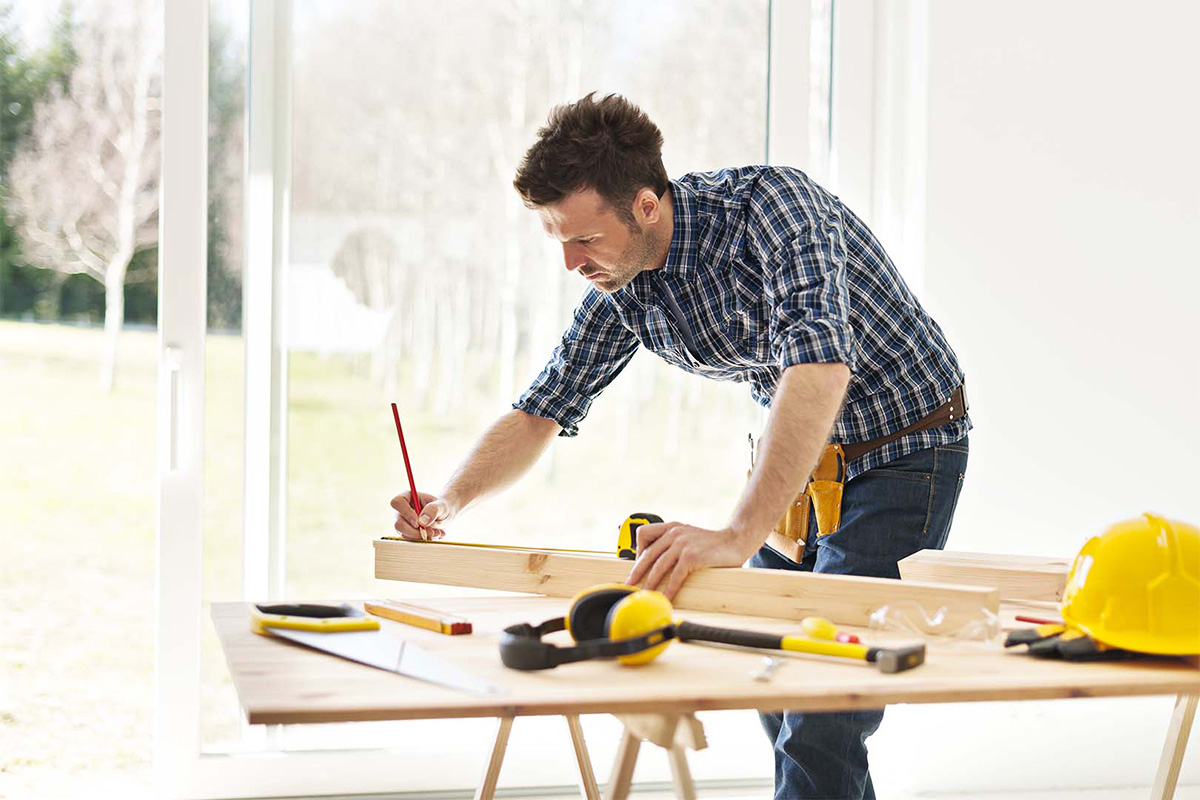
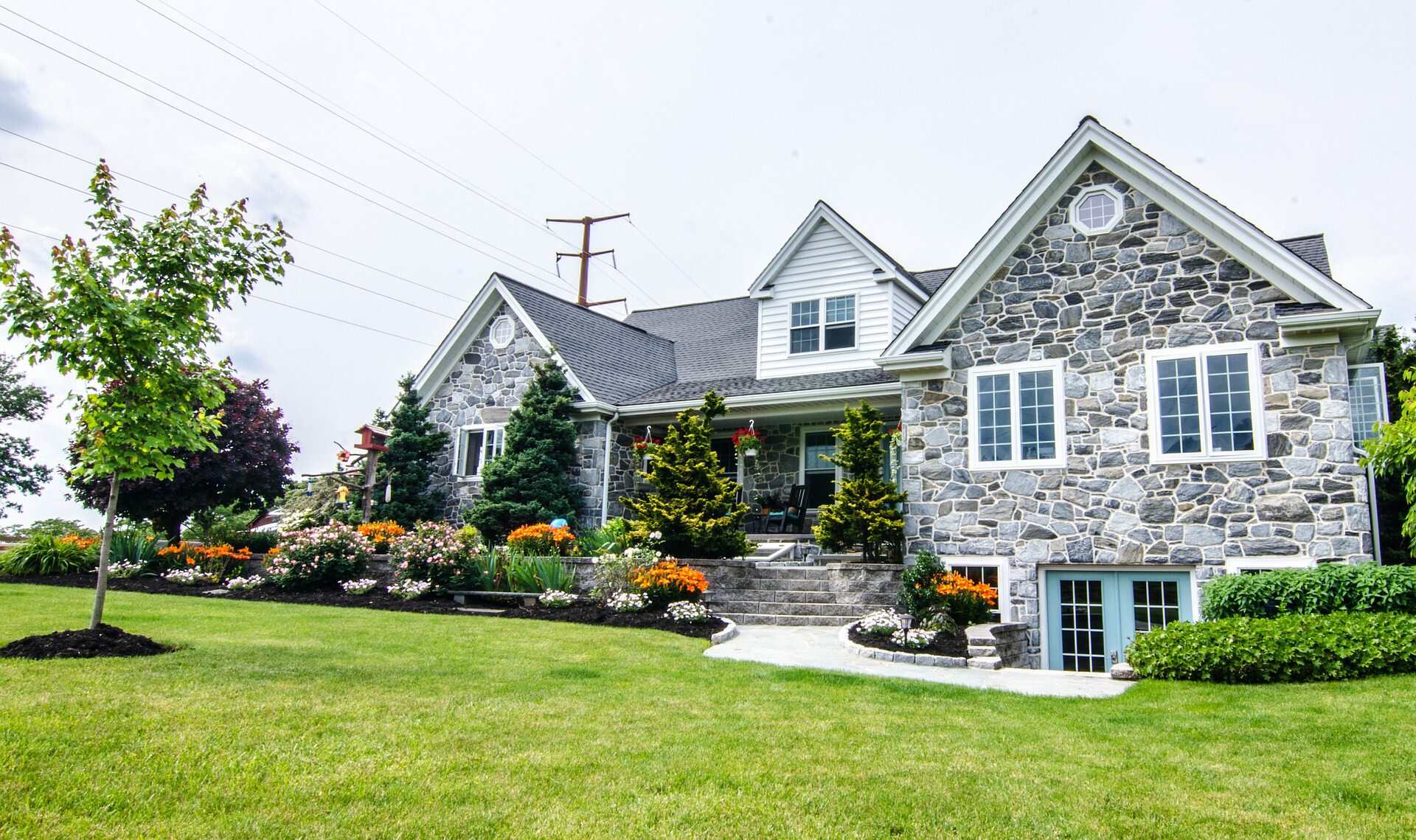


0 thoughts on “How To DIY Home Improvement”